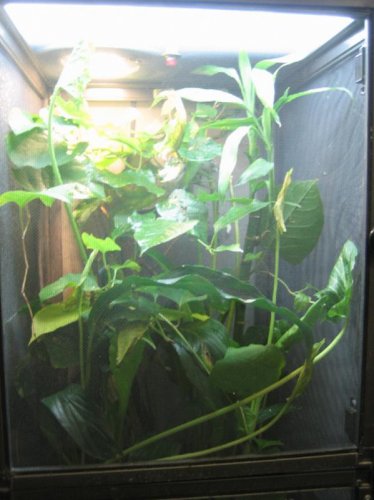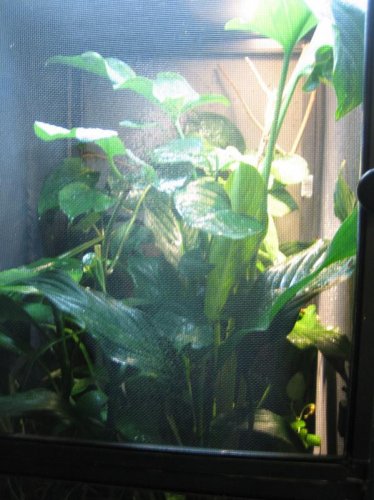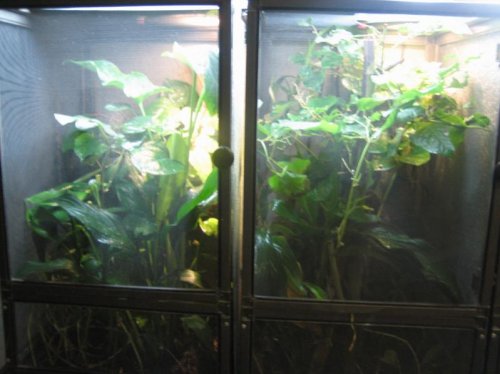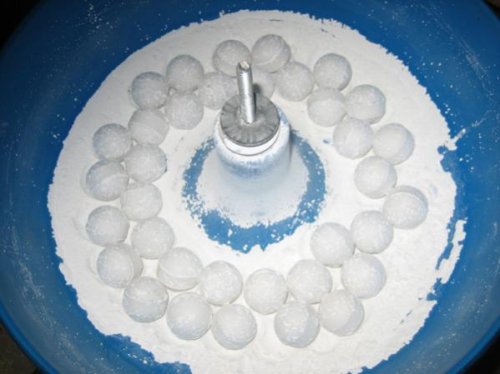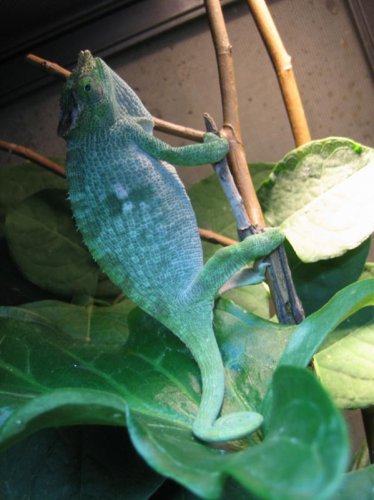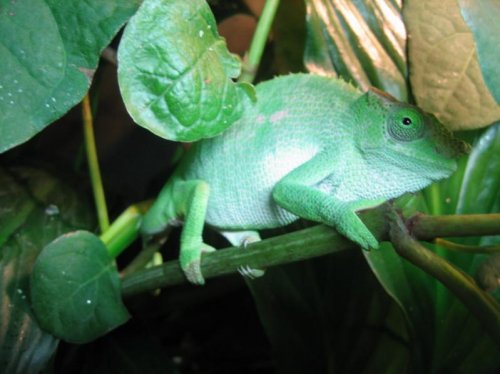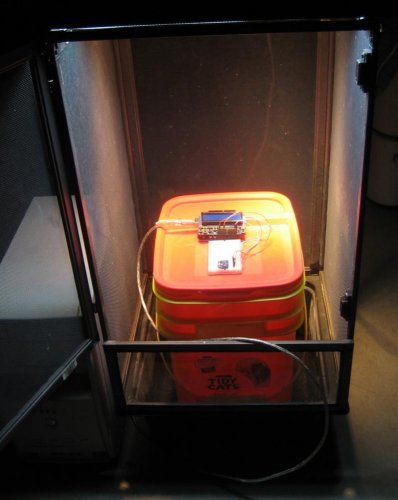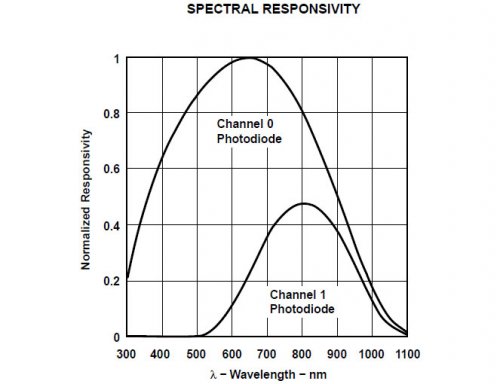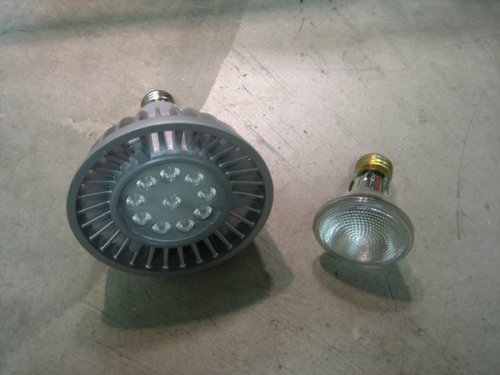Chameleopatrick
New Member
I know you are looking for a scientific study, but that is most definitely not what you will find on a forum, that takes money, time and a laboratory setting.
On a side note, ISO 9000 can be a joke, I have seen companies get it who no way deserved the so called prestige. Its a corporate standard that puts wool over many eyes. Just because someone says they are ISO 9000 certified or follow those standards, doesn't mean they are necessarily following it or running things better than someone who hasn't gone through the trouble to get certified or research the standards. I personally have recent experience with a company that was ISO 9001 certified and got shut down for serious violations after they passed their ISO audit.
I feel many use these terms to try to elevate themselves unnecessarily.
You are entitled to your opinion about ISO but, Boeing, Sikorsky, Northrup Grumman, the Freedom Group, GE, Spirit, Colt Defense and my company would say, You have a very limited understanding of quality process management. There is a reason its recognized by international companies as best practices. Im not saying a guy on a lizard forum should adhere to them but anything less is truly mom and pop. No self elevation is required. Results follow actions. The word " study" in this specific context, implies credible traceable research.
Regardless. Good luck on the observations.






